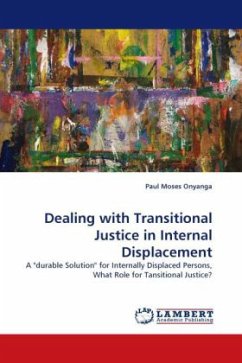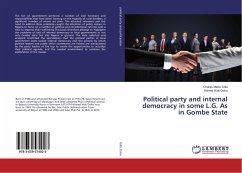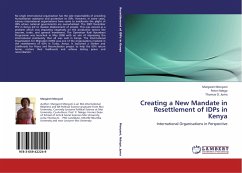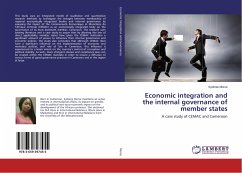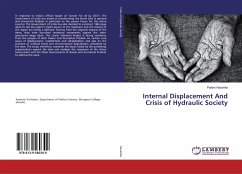
Internal Displacement And Crisis of Hydraulic Society
Versandkostenfrei!
Versandfertig in 6-10 Tagen
41,99 €
inkl. MwSt.

PAYBACK Punkte
21 °P sammeln!
In response to India's official target of "power for all by 2012", the Government of India has aimed at transforming the North East in general and Arunachal Pradesh in particular as the power house for the entire country. The Government of India has also decided to construct 168 mega dams to tap the region's hydro-power to the maximum, but the citizens of the region are facing a dilemma. Fearing from the negative impacts of the dams, they have launched resistance movements against the state-sponsored mega dams. The Lower Subansiri Project is facing resistance from the people of both Assam and ...
In response to India's official target of "power for all by 2012", the Government of India has aimed at transforming the North East in general and Arunachal Pradesh in particular as the power house for the entire country. The Government of India has also decided to construct 168 mega dams to tap the region's hydro-power to the maximum, but the citizens of the region are facing a dilemma. Fearing from the negative impacts of the dams, they have launched resistance movements against the state-sponsored mega dams. The Lower Subansiri Project is facing resistance from the people of both Assam and Arunachal Pradesh on certain core issues of displacement, resettlement and rehabilitation and also on the problem of artificial flood and environmental degradation unleashed by the dam. The study, therefore, examines the issues raised by the protesting organizations against the dam and analyzes the responses of the Union Government and the State Governments of Assam and Arunachal Pradesh to address the same.



